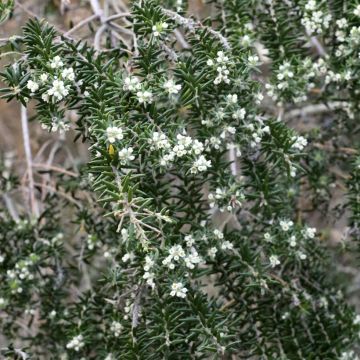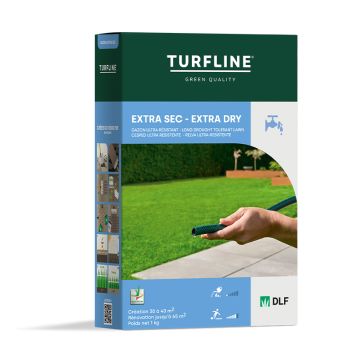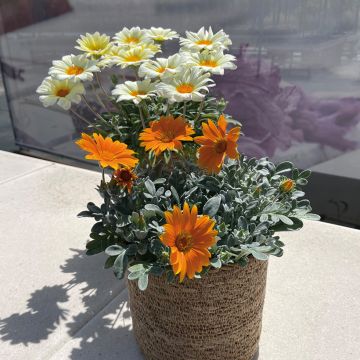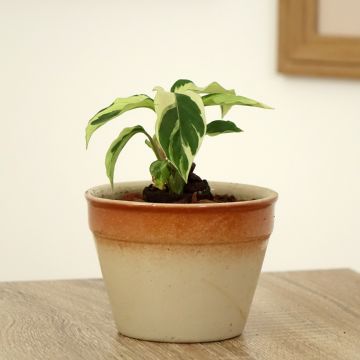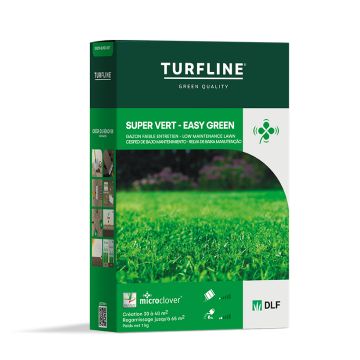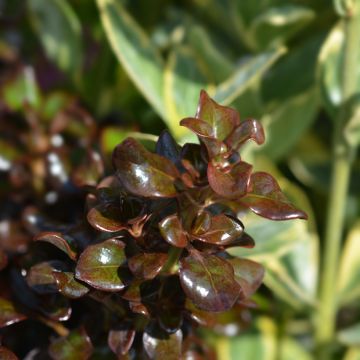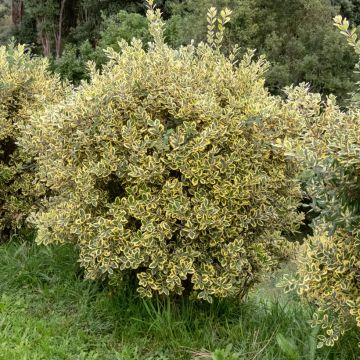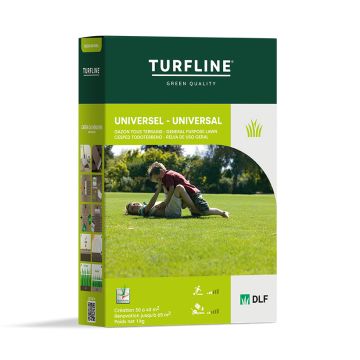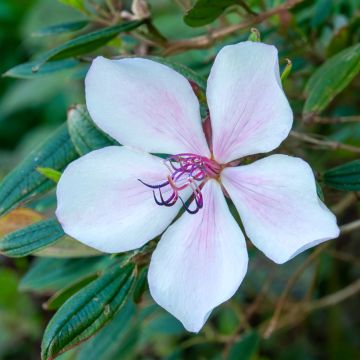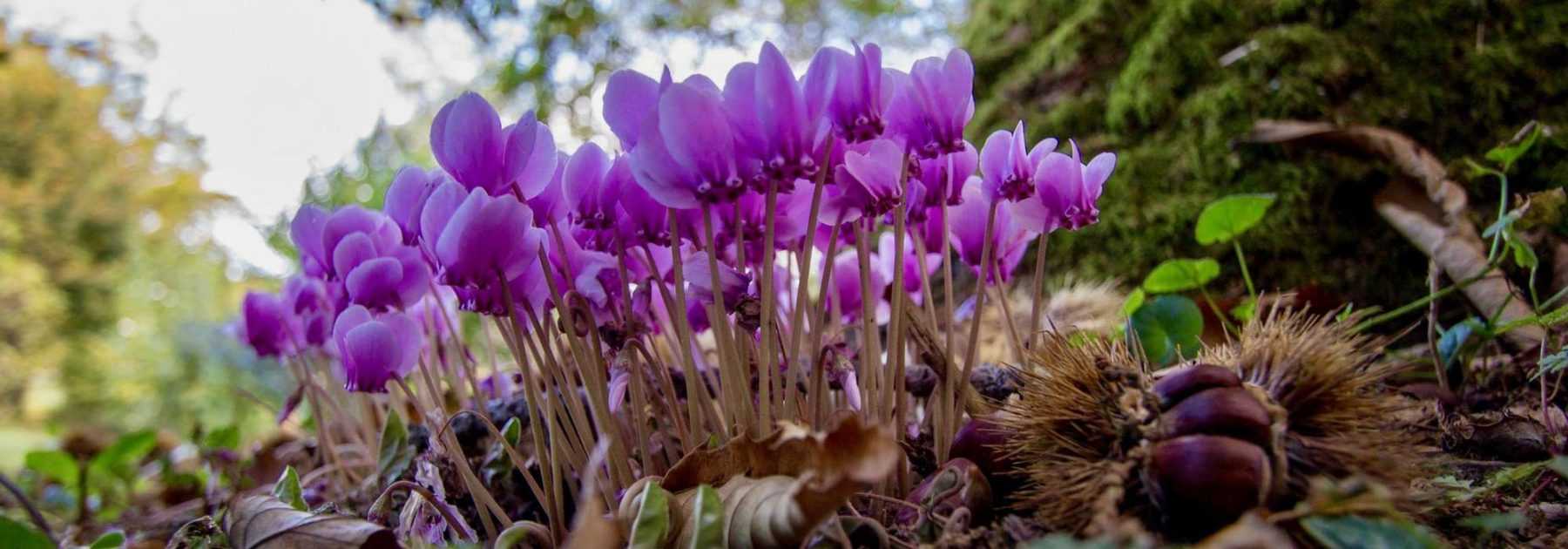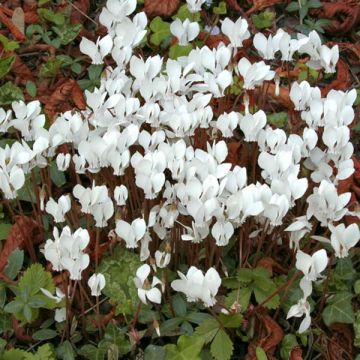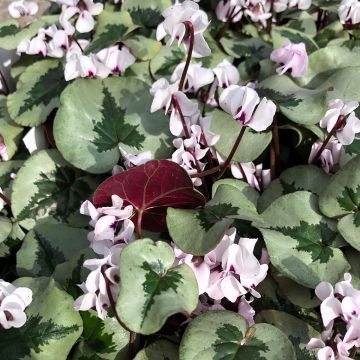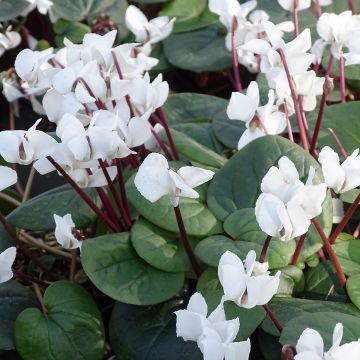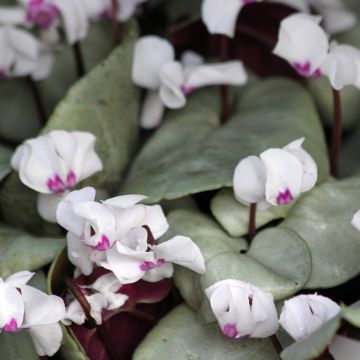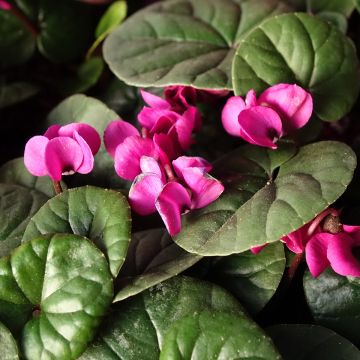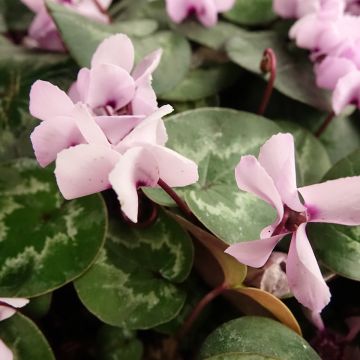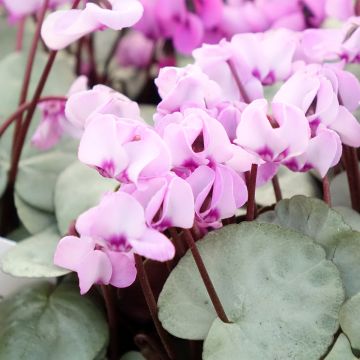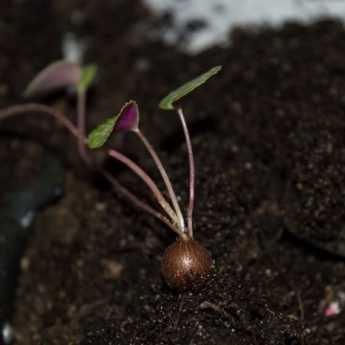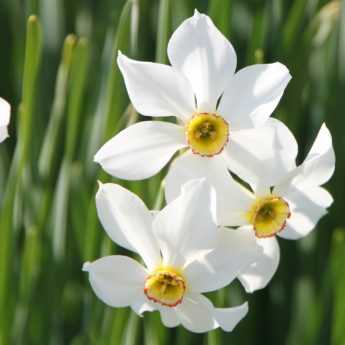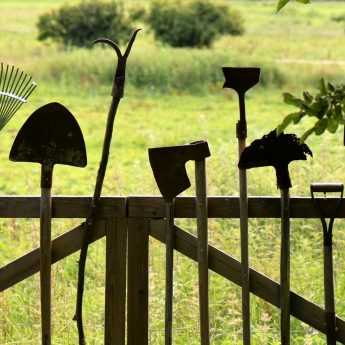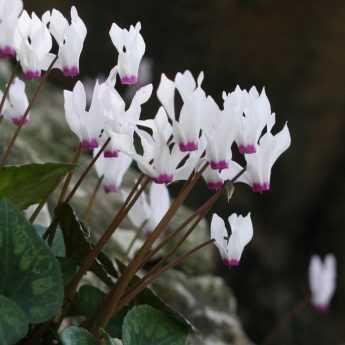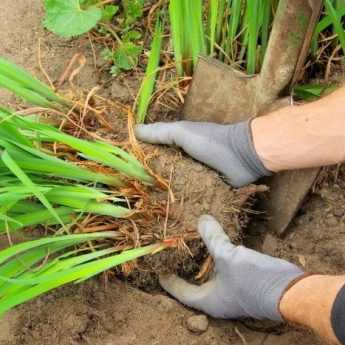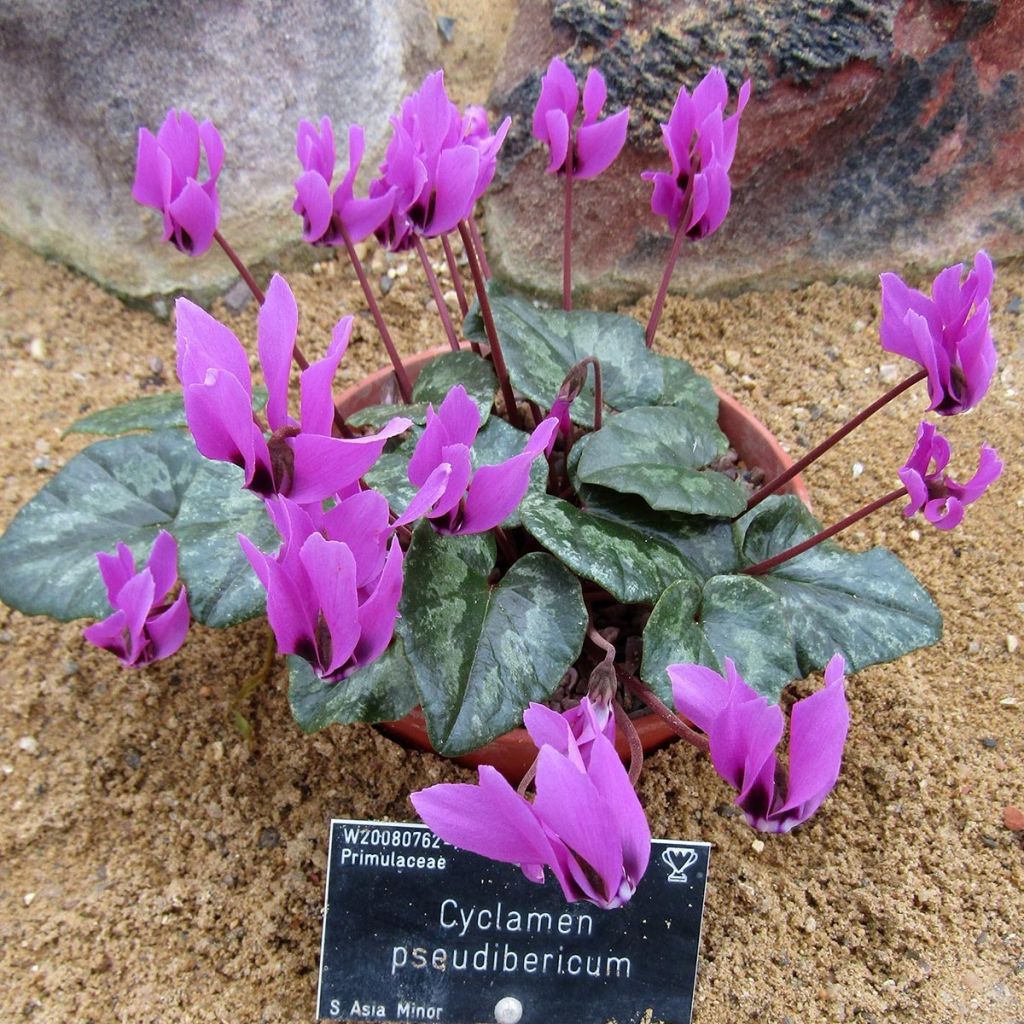

Cyclamen pseudibericum
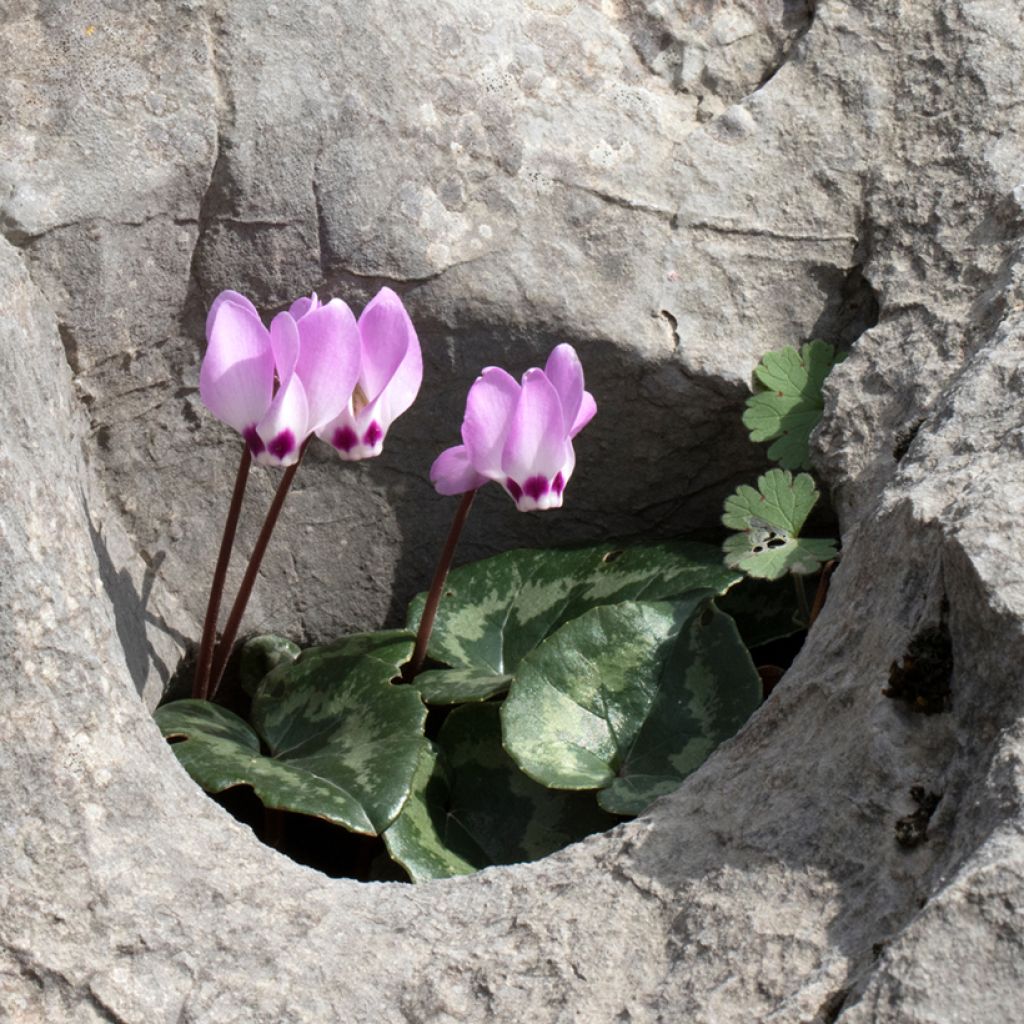

Cyclamen pseudibericum - Cyclamen de Turquie
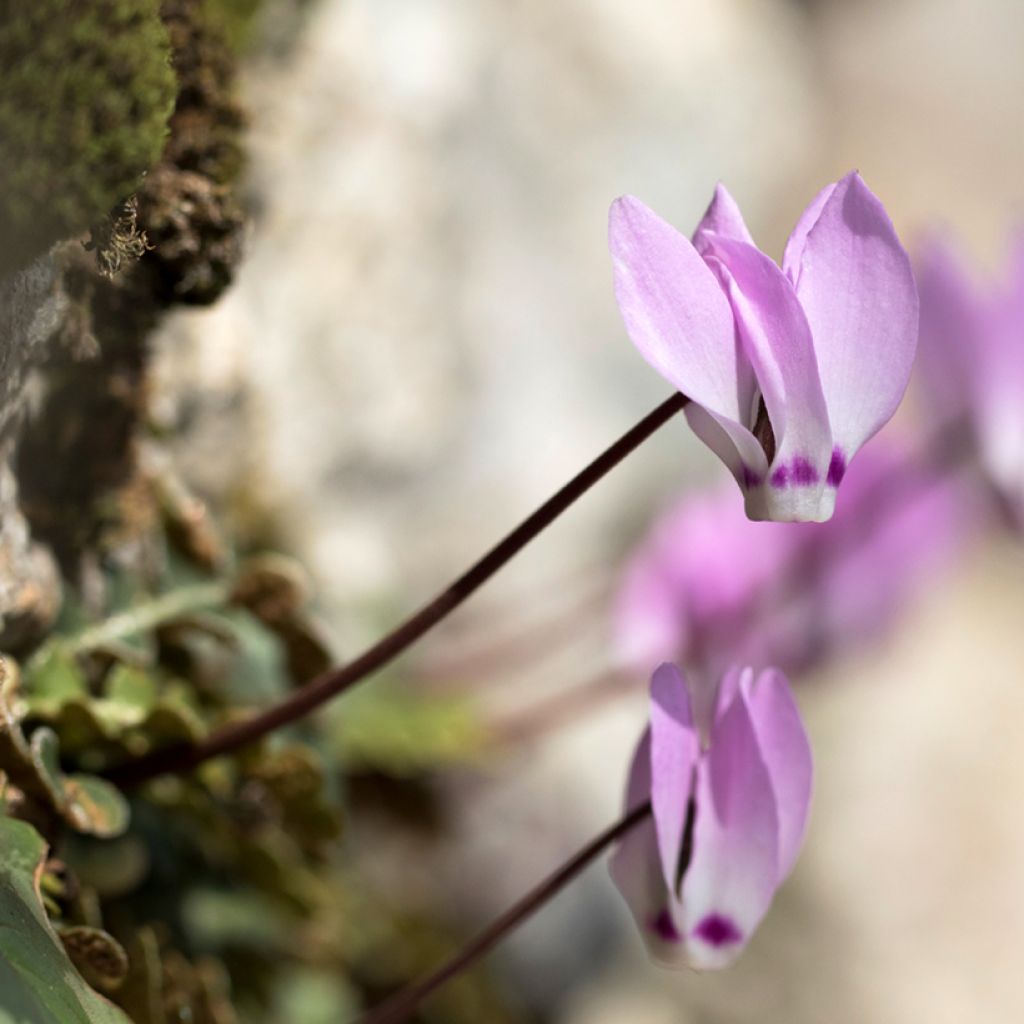

Cyclamen pseudibericum - Cyclamen de Turquie
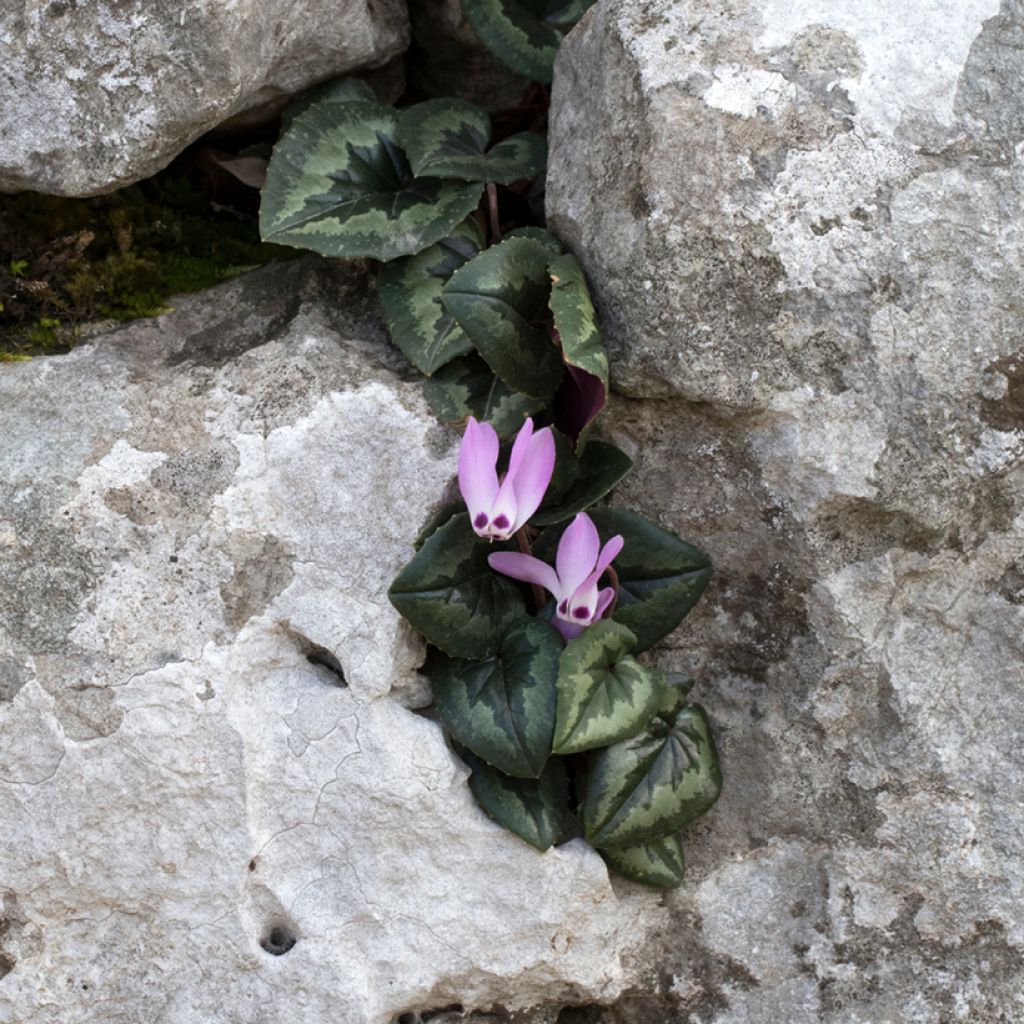

Cyclamen pseudibericum - Cyclamen de Turquie
Cyclamen pseudibericum
Cyclamen pseudibericum
Eastern cyclamen
Thanks to the individuals (Jenny for order preparation & quality control and the shipping department), the 5 cyclamens received were severely mishandled during transport (all the soil spilled out of the buckets and spread in the green shell...) Still, they were planted under a purple Japanese maple. Now, I am waiting for them to recover...
Thierry, 22/12/2020
Why not try an alternative variety in stock?
View all →This plant carries a 6 months recovery warranty
More information
We guarantee the quality of our plants for a full growing cycle, and will replace at our expense any plant that fails to recover under normal climatic and planting conditions.
From €7.90 for pickup delivery and €6.90 for home delivery
Express home delivery from €8.90.
Does this plant fit my garden?
Set up your Plantfit profile →
Description
Cyclamen pseudibericum, also known as Turkish cyclamen, is a rare botanical species that flowers in winter in the cool undergrowth of the Amanus Mountains and the Anti-Taurus located in southern Turkey. It bears the largest and most colourful flowers among wild cyclamens. It is recognised by its beautiful purple-pink flowers, its violet fragrance, and its dark green leaves with grey marbling. This hardy plant grows in autumn and rests in summer. Ideal for shady corners, it naturalises through spontaneous sowing at the base of large trees and under bushes.
Cyclamen pseudibericum belongs to the Primulaceae family, just like primroses. It is a small perennial plant with a tuberous root (called a tuber). In nature, it is found in deciduous forests or among shaded rocks, in a small mountainous region that is slightly more humid than the rest of Turkey. It grows in limestone, schist, and sandy rocks, in soils covered with thick humus that protects it from excessive aridity. This modest-sized species measures approximately 15cm (6in) in height when in bloom.
The tubers of Cyclamen pseudibericum are compressed spheres, measuring up to 7cm (3in) in diameter when mature. They are brown and become rough with age. The roots grow from the lower surface. The foliage generally develops in October-November. The oval leaves are slightly cordate, strongly dentate, and measure about 7 to 8cm (3in) in length. The leaf lamina has a dark green central triangle surrounded by a lighter, pale grey-green or silver-grey zone, bordered by dark green. The undersides of the leaves are reddish-purple. As soon as the soil dries up, the foliage disappears and the plant enters a dormant state. This usually occurs in June.
Flowering occurs from January to March, depending on the climate, almost at the same time as that of Cyclamen coum. The pointed flower buds, initially lying on the ground, rise on reddish peduncles. The flowers have a sweet violet fragrance. Each flower is composed of 5 purple-pink petals with contoured and twisted edges. A small brown macule is present at the base of the petals, and the throat is white. After pollination, the flower gives way to a small round fruit, with the floral stem spiralling to allow the fruit to come into contact with the ground. Ants relish their sweet flesh. They disperse the seeds.
Plant Cyclamen pseudibericum with its cousins, Cyclamen coum or C. cilicicum, as a ground cover. They will multiply on their own over time, forming unforgettable carpets in shaded and somewhat dry areas of the garden, which can sometimes be difficult to plant. It is ideal for enhancing the base of a deciduous tree in woodland soil. It is quite resistant to cold (-12 to -14°C (10.4 to 6.8°F)), but its tuber cannot tolerate excessive humidity, both in winter and summer. It will find its place in a half-shaded rockery, in the company of Anemone blanda and liverworts, for example. For a double flowering, mix them with Naples cyclamens and botanical narcissus from the tazetta group, for example.
Cyclamen pseudibericum in pictures
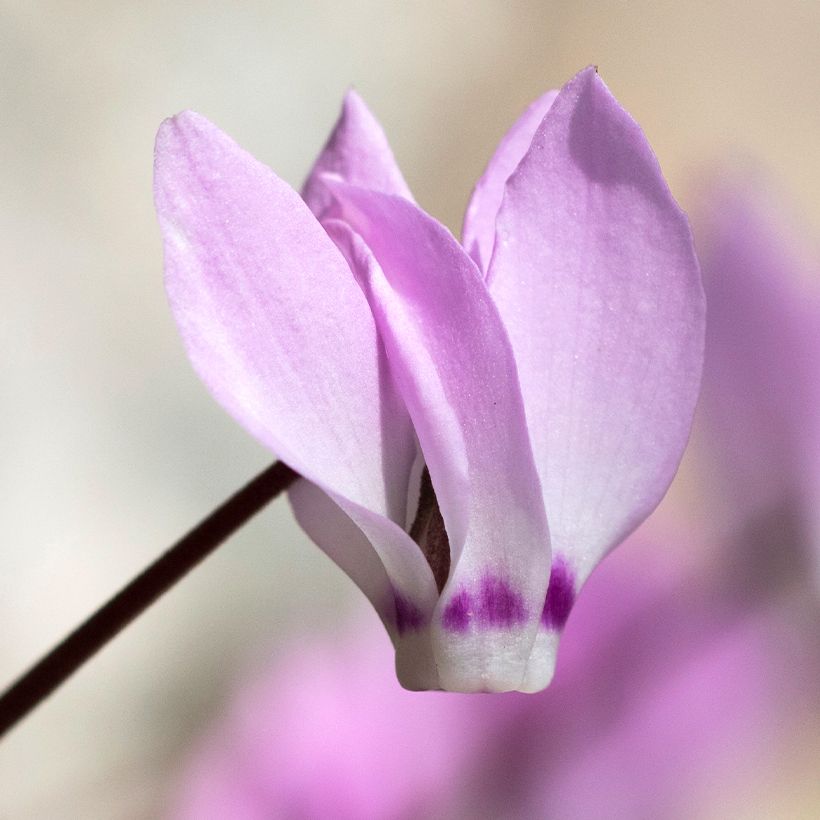

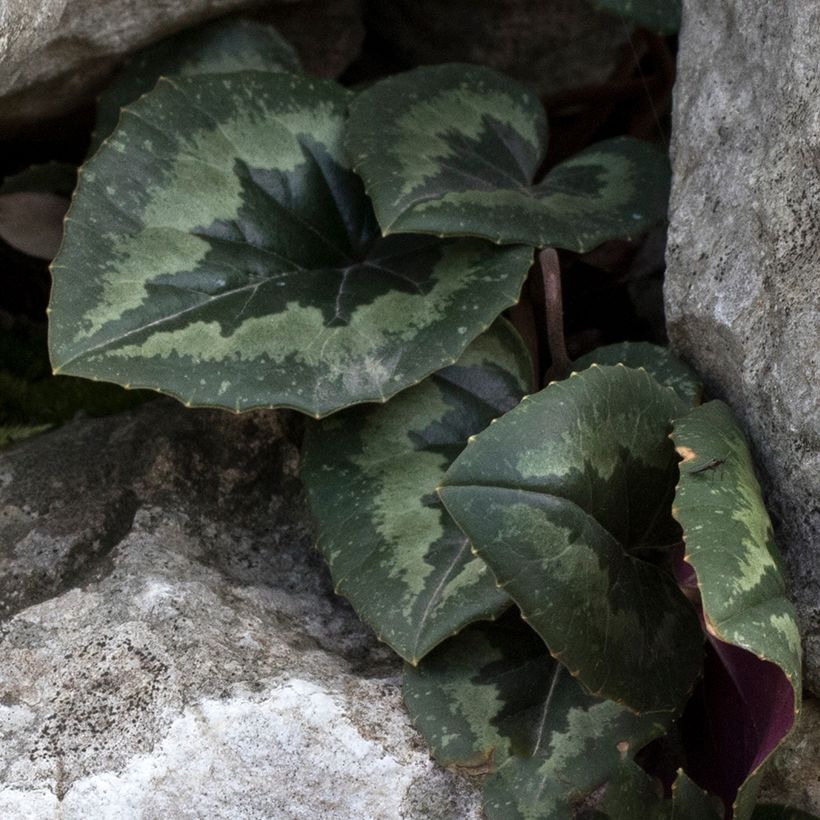

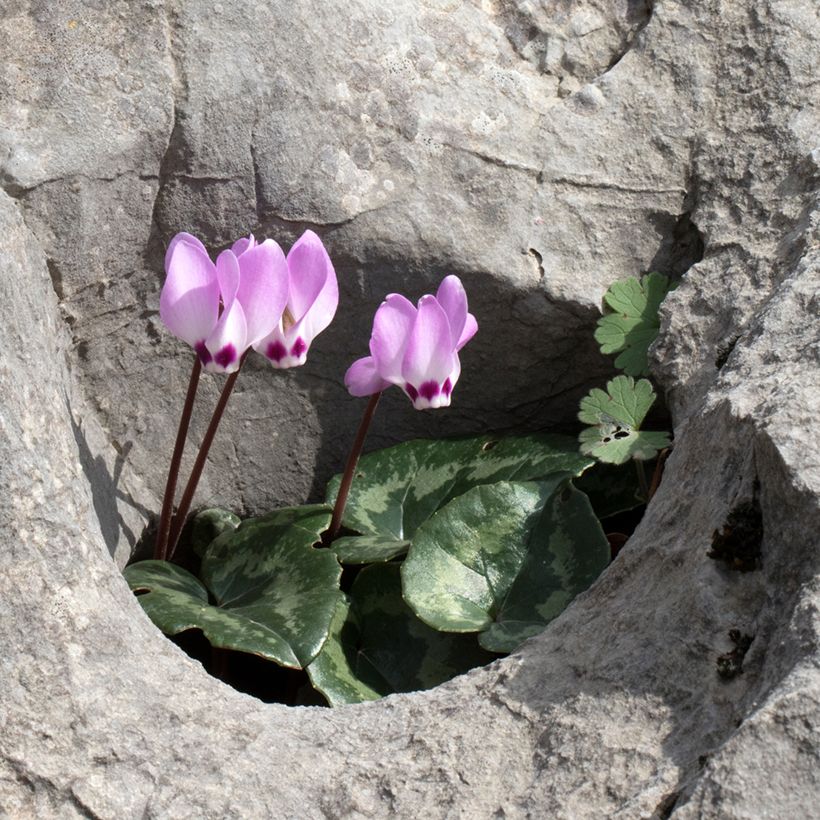

Plant habit
Flowering
Foliage
Botanical data
Cyclamen
pseudibericum
Primulaceae
Eastern cyclamen
Mediterranean
Other Cyclamen
View all →Planting and care
Choose a location with shade or partial shade during summer. Plant in light and moderately fertile soil, rich in compost or humus. The soil must be very well drained, as cyclamen is sensitive to rotting. The smooth part of the bulbs is the bottom. If you are unsure of the planting direction, place your bulbs upright on their side, as they will tip over by themselves. Plant your cyclamen at a depth of 5cm (2in). Leave a space of 15cm (6in) between each bulb. Water moderately and reduce watering during flowering. Avoid excess humidity in summer when the bulbs are dormant. For potted plants, apply fertiliser every 15 days.
Cyclamen often take a year to establish and flower. They are quite easy to grow as long as they are provided with well-drained soil that is fairly dry in summer and winter. Turkish cyclamen is reputed to be slightly less hardy than Naples cyclamen, which contradicts some gardeners. This species should be able to withstand temperatures between -12 and -14°C (10.4 and 6.8°F) in very well-drained soil and in a somewhat sheltered position. It tolerates dry summers, but will appreciate some summer watering in a hot climate.
Planting period
Intended location
Care
Planting & care advice
Haven't found what you were looking for?
Hardiness is the lowest winter temperature a plant can endure without suffering serious damage or even dying. However, hardiness is affected by location (a sheltered area, such as a patio), protection (winter cover) and soil type (hardiness is improved by well-drained soil).

Photo Sharing Terms & Conditions
In order to encourage gardeners to interact and share their experiences, Promesse de fleurs offers various media enabling content to be uploaded onto its Site - in particular via the ‘Photo sharing’ module.
The User agrees to refrain from:
- Posting any content that is illegal, prejudicial, insulting, racist, inciteful to hatred, revisionist, contrary to public decency, that infringes on privacy or on the privacy rights of third parties, in particular the publicity rights of persons and goods, intellectual property rights, or the right to privacy.
- Submitting content on behalf of a third party;
- Impersonate the identity of a third party and/or publish any personal information about a third party;
In general, the User undertakes to refrain from any unethical behaviour.
All Content (in particular text, comments, files, images, photos, videos, creative works, etc.), which may be subject to property or intellectual property rights, image or other private rights, shall remain the property of the User, subject to the limited rights granted by the terms of the licence granted by Promesse de fleurs as stated below. Users are at liberty to publish or not to publish such Content on the Site, notably via the ‘Photo Sharing’ facility, and accept that this Content shall be made public and freely accessible, notably on the Internet.
Users further acknowledge, undertake to have ,and guarantee that they hold all necessary rights and permissions to publish such material on the Site, in particular with regard to the legislation in force pertaining to any privacy, property, intellectual property, image, or contractual rights, or rights of any other nature. By publishing such Content on the Site, Users acknowledge accepting full liability as publishers of the Content within the meaning of the law, and grant Promesse de fleurs, free of charge, an inclusive, worldwide licence for the said Content for the entire duration of its publication, including all reproduction, representation, up/downloading, displaying, performing, transmission, and storage rights.
Users also grant permission for their name to be linked to the Content and accept that this link may not always be made available.
By engaging in posting material, Users consent to their Content becoming automatically accessible on the Internet, in particular on other sites and/or blogs and/or web pages of the Promesse de fleurs site, including in particular social pages and the Promesse de fleurs catalogue.
Users may secure the removal of entrusted content free of charge by issuing a simple request via our contact form.

































